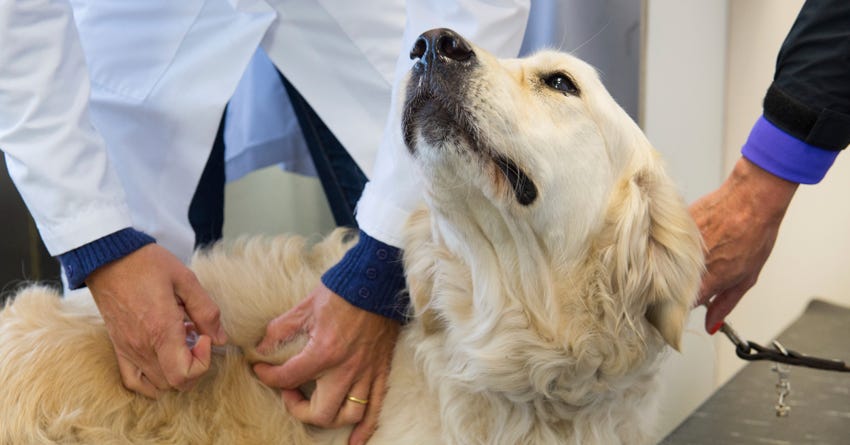Canine & Feline Diabetes: Clinical Signs, Treatment, and Prevention

Do you know that pets can get diabetes? It’s one of the more common endocrine (glandular) diseases affecting pets and it’s actually mostly preventable.
Your pet’s diagnosis of diabetes is a life-changing one, so I suggest always doing your utmost to prevent it from occurring.What is diabetes?
Diabetes is a metabolic (glandular) disease involving hormones that regulate water balance and blood glucose (sugar) levels. There are two primary types of diabetes: insipidus and mellitus.- Diabetes insipidus less commonly affects pets and mainly involves hormones that help to regulate water retention and excretion.
- Diabetes mellitus (Type I or II) is more common and results from the lack of or insufficient production of insulin from the pancreas.
How bad is this problem in canines & felines?
The problem is so bad that diabetes has its own commemorative month. November is National Pet Diabetes Month, which raises awareness of the disease and strives to help owners with both preventive and treatment measures. Diabetes severely compromises a dog’s or cat’s quality of life and alters the care provider’s schedule, budget, and emotional state. According to VPI Pet Insurance claims data, diabetes related veterinary expenses totaled more than $1.5 million in 2007, with an average invoice of $200 per visit. When it comes down to it, can pet owners afford the expenses associated with the ongoing management of a diabetic pet? If no, then owners should be extra vigilant in taking measures to prevent the potential for their pet to become diabetic.How does a cat or dog develop diabetes and is it a different process for cats and dogs?
Type I diabetes mellitus is the primary type affecting dogs, which results from damage to the pancreas. When enough insulin-producing pancreatic islet cells are damaged, insulin output decreases and hyperglycemia occurs. Infections with bacteria, parasites, and viruses and consumption of toxins or inappropriate environmental materials can cause inflammation of the pancreas (pancreatitis) and digestive tract (Inflammatory Bowel Disease or IBD). Type II diabetes is more commonly seen in cats and results from the pancreas’ inability to manufacture sufficient insulin to support a body burdened by excess weight. As Type II diabetes is very preventable, owners who permit their cats to overfeed and become obese are the primary parties at fault for causing this life threatening disease in their feline companions.What are the clinical signs of diabetes in dogs and cats?
Insulin regulates movement of glucose from the blood into body tissues. If the pancreas can’t produce enough insulin, then hyperglycemia (high blood glucose) occurs. The kidneys, liver, and other organs are negatively affected by hyperglycemia. The kidneys try to lower blood glucose levels by excreting glucose into the urine when hyperglycemia crosses an upper threshold. Hyperglycemia and glucosuria (glucose in the urine) are detectible via blood and urine tests (respectively) and cause the following clinical signs: Excessive thirst- Increased urinary output and frequency
- Ravenous appetite
- Weight loss
How dangerous is it for dogs and cats to have diabetes that is undiagnosed or untreated?
Living in a state of prolonged hyperglycemia as occurs in diabetic pets causes the body to metabolize stored energy, including carbohydrates, fats, and protein. Protein and carbohydrate breakdown produces glucose. Fat metabolism yields toxic ketones which create a variety of concerning signs of illness (diabetic ketoacidosis), including:- anorexia (decreased appetite)
- diarrhea
- electrolyte imbalance
- emesis (vomit)
- lethargy
- seizures


